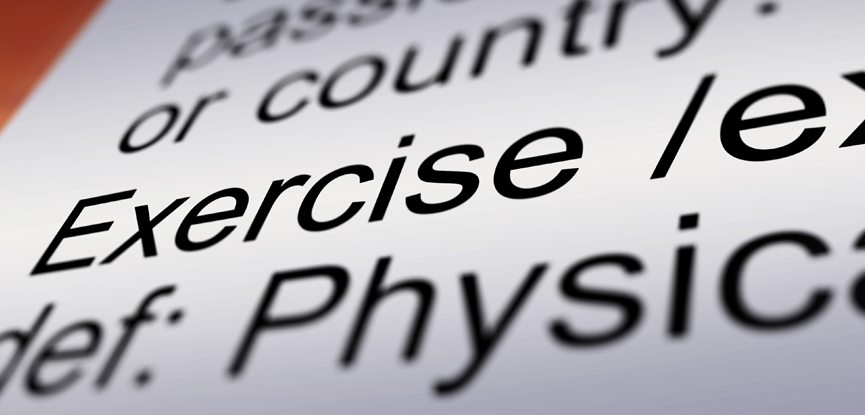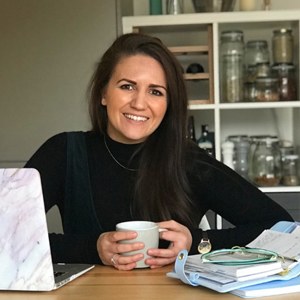There is a growing debate around the efficacy of GP exercise referral schemes (ERS) in aiding the reduction of the burden of lifestyle-related disease in the UK. As we explored in this article, with the current systems in place, it is very challenging to monitor long-term outcomes for patients taking part in ERS. Here we will examine whether the schemes deliver a cost-effective intervention.

When assessing the cost-effectiveness of a medical treatment or intervention the measurement used is known as a QALY, which is a ‘Quality Adjusted Life Year’. QALY, as a measurement, aims to encompass an increase in both length and quality of life to give a numerical value.
1.0 QALY is equal to an additional year of life in perfect health. Calculations are performed to give the sum of money required to gain 1.0 QALY for one individual person. NICE (National Institute for Health and Care Excellence) use the cost per QALY to determine whether a treatment is cost-effective and therefore, can be provided by the NHS.
What does the research show?
When examining the data available for the cost per QALY achieved from ERS, there is a range of varied evidence. One particular study found that exercise referral led to an additional 0.003 QALYs per person, at an individual cost of £225. By their calculations the cost per QALY was £76,000.

To add a little perspective, NICE are much less likely to support treatments that cost in excess of £20,000 per QALY and some controversial new research suggests that by funding treatment in excess of £13,000 per QALY can do more harm than good, by displacing funding from other areas of the NHS. A systematic review assessing seven different randomised controlled trials found that ERS added 0.008 QALY.
Limitations in the current research
We previously identified the lack of adequate data collection as a major limitation to assess whether ERS are capable of bringing about long-term behaviour change. This deficit in strong data also restricts the ability to adequately assess the economic viability of such programmes.
If there is inadequate data to assess whether there are consistent and measurable health outcomes with ERS, it is also impossible to estimate QALY with a high level of accuracy. There is also a lack of data and research looking into how ERS may benefit specific patient subgroups and health conditions.
For an adequate financial assessment and accurate calculation of QALY, much more research is required and a national database of referrals and outcomes with long-term follow-up is needed.
There is also a significant gap in the research assessing whether there are improvements in mental health and improvements with issues surrounding social isolation for elderly patients that take part in ERS. Both of which are key issues that are within the scope of ERS to help address.
Making ERS more economically viable
On the surface, one of the most obvious ways to make ERS cost effective would be to charge patients more money to participate in the subsidised sessions/activities. However, this would be likely to further drive inequality as it would exclude those who cannot afford to pay for the scheme.
ERS, as it stands, requires a small financial contribution from the patient, which may already be exacerbating pre-existing health inequalities and may be excluding those who would actually benefit the most from the scheme. Therefore, increasing patient contribution further is not a suitable way forwards.
The informal prescription of outdoor, free activities could be explored as a way to increase the physical activity of patients with poor access to facilities or those who are unable to contribute financially to a scheme.

More research is required in this area to determine whether the lack of formal supervision in a gym environment would lead to reduced adherence to prescribed activities and whether wearable devices linked to GP records via an app could help counteract this.
There is also a need for training given to GPs to improve their confidence in prescribing physical activity as it has been identified that many feel that discussing physical activity is beyond their expertise and remit.
Conclusion
- Current evidence shows that exercise referral schemes are not very cost effective, but is based in inadequate and incomplete data.
- Further research is needed to assess whether ERS can improve mental health and social isolation, and the economic impact of addressing these issues.
- Research exploring the prescription of outdoor, free activities and patient outcomes would give a useful insight into a low-cost alternative to gym based ERS.
- Education for GPs to develop their skill set in how and when to prescribe exercise could help make free community-based outdoor exercise a more feasible option if evidence shows that it can be effective.


